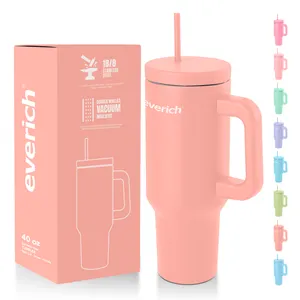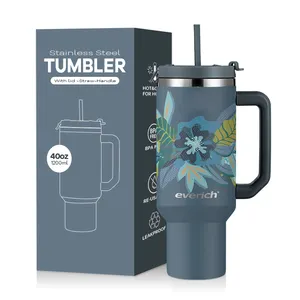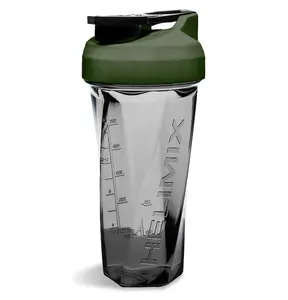Popular in your industry



























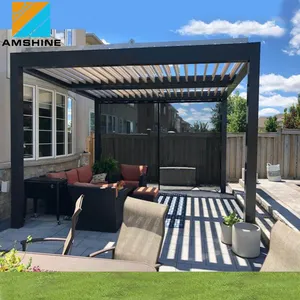
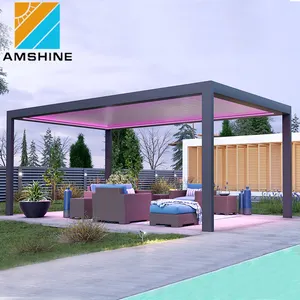


































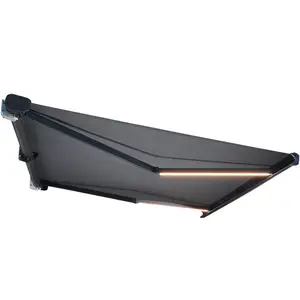







Top categories
About canopy awning
A canopy awning is a versatile and functional addition to any commercial or residential space, providing shade and protection from the elements. These structures are designed to cover an area such as a patio, door, window, or walkway, enhancing the usability and comfort of outdoor spaces. With a variety of materials, styles, and features, canopy awnings are an essential product for businesses looking to cater to the needs of clients seeking to improve their outdoor areas.
Types of Canopy Awnings and Their Characteristics
Canopy awnings come in various types, each with unique characteristics to suit different settings. Outdoor awnings and awnings for patios are designed to extend living spaces, while awnings for windows reduce heat and glare inside a building. Canopies for outside are often used in commercial settings like cafes, providing a comfortable outdoor experience for customers. Front door canopies add a decorative touch and protect the entrance area from the elements. Metal awnings offer durability and a modern look, whereas sun shade canopies are specifically designed to filter out UV rays, providing a cooler area underneath.
Structure and Operation of Canopy Awnings
The structure of a canopy awning is composed of a frame and a cover. The frame, usually made of aluminum alloy or iron, provides stability and support. It can be fixed or retractable, with moving parts for adjustable shade. The cover, attached to the frame, can be a fabric or a rigid material like polycarbonate. Retractable models may include mechanisms like pulleys or motors, allowing the awning to be extended or retracted with ease, catering to the immediate needs of the environment.
Materials Used in Canopy Awnings
The materials used in canopy awnings are chosen for their durability, weather resistance, and aesthetic qualities. Fabrics like polyester and acrylic are popular for their colorfastness and ease of maintenance. Polycarbonate sheets provide excellent UV protection and impact resistance, making them ideal for areas prone to harsh weather. The frames are often made of aluminum alloy due to its strength and resistance to rust, while powder coating adds an extra layer of protection against the elements.
Business Usages and Applications
Canopy awnings are widely used across various industries. In the hospitality sector, they expand outdoor dining areas, increasing seating capacity and enhancing the guest experience. Retail stores use awnings for doors to showcase their entrance and protect their display windows from sun damage. In corporate settings, canopies for patios create comfortable outdoor meeting spaces. These applications not only improve the functionality of the space but also contribute to the business's visual branding and customer comfort.
Functions of Canopy Awnings
The primary function of a canopy awning is to provide shade and protection from weather elements. They can also serve as a barrier against wind and rain, extending the usability of outdoor spaces. Some models offer additional functions like retractability for adjustable coverage or integrated lighting systems for evening use, enhancing their utility and appeal.
Features of Canopy Awnings
Canopy awnings boast features that set them apart from other shade solutions. Many come with remote control operation, allowing for easy adjustments. Some feature anti-UV materials to protect against sun damage, while others are designed with windproof capabilities to withstand high winds. The integration of these features ensures that canopy awnings meet a wide range of customer needs and stand out in the market.
Benefits of Canopy Awnings
The benefits of installing a canopy awning are manifold. They enhance the aesthetic appeal of a property, increase its value, and provide a comfortable outdoor living space. For businesses, they can lead to increased customer dwell time and satisfaction. Environmentally, awnings contribute to energy savings by reducing the need for air conditioning, making them a sustainable addition to any building.
How to Use Canopy Awnings Effectively
To use a canopy awning effectively, it is important to deploy it in accordance with the weather conditions. Retractable models should be retracted in extreme weather to prevent damage. Positioning the awning to provide maximum shade during peak sun hours will enhance its effectiveness.
How to Choose the Right Canopy Awning
Choosing the right canopy awning involves considering the size, style, and function that best fits the intended space. Assessing the local climate and the awning's material durability will ensure a selection that stands the test of time. It's also important to consider the ease of operation, whether manual or motorized, to suit the user's preferences.
How to Clean and Maintain Canopy Awnings
Cleaning a canopy awning typically involves gentle soap, water, and a soft brush to remove surface dirt. Regular maintenance checks for any tears, damage, or mechanical issues will extend the life of the awning. For retractable models, it's crucial to ensure that the mechanism is lubricated and functioning smoothly.
How to Install Canopy Awnings
Installation of a canopy awning should be carried out following the manufacturer's instructions. It often requires securing the frame to a wall or other structure and then attaching the cover. Professional installation is recommended to ensure safety and proper function.
Target Audience and Preferences
The target audience for canopy awnings includes homeowners looking to enhance their outdoor living spaces and businesses seeking to improve their customer experience. The product meets the needs of this diverse audience by offering a range of styles, materials, and features that cater to different preferences and requirements.
How does a canopy awning enhance outdoor spaces?
A canopy awning enhances outdoor spaces by providing a shaded area that protects against sun and rain, making the space more comfortable and usable throughout the year. It can also add to the aesthetic appeal of a building's exterior, contributing to the overall ambiance of the environment. For businesses, this enhancement can translate into increased customer satisfaction and extended outdoor service areas.
What should be considered when choosing a canopy awning?
When choosing a canopy awning, factors such as material durability, frame strength, design, and operational features should be considered. It's also important to assess the specific needs of the space, such as size requirements, exposure to elements, and the desired level of UV protection. Additionally, considering the ease of maintenance and the product's eco-friendly attributes will ensure a choice that is both practical and sustainable.
How to maintain and ensure the longevity of a canopy awning?
Maintaining a canopy awning involves regular cleaning to remove dirt and debris, checking for any signs of wear or damage, and ensuring that all moving parts are functioning properly. For materials like polycarbonate sheets or tempered glass, using the appropriate cleaning agents to prevent scratches or damage is crucial. Proper maintenance ensures the longevity of the awning, preserving its aesthetic appeal and functional benefits.
